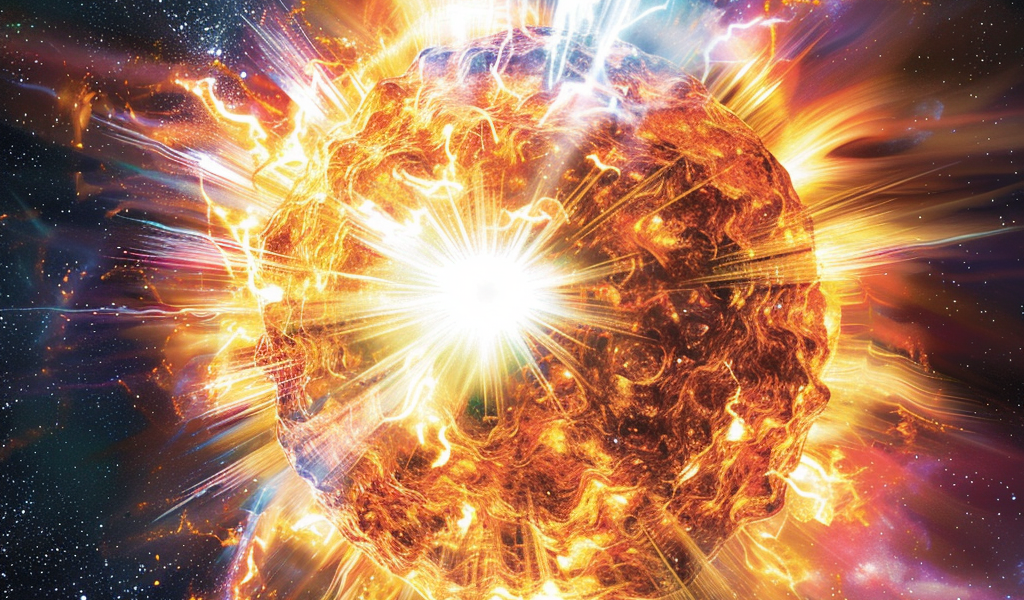Thermonuclear explosions on neutron stars have provided new insights into the speed of their jets, according to a recent study published in Nature. The research, conducted by Thomas D. Russell, Nathalie Degenaar, and their team, sheds light on the launch mechanism of relativistic jets observed from accreting and cataclysmic transients throughout the Universe.
Neutron stars, known for their compactness and strong gravitational pull, exhibit bright explosions on their surface due to unstable thermonuclear burning of recently accreted material, referred to as type-I X-ray bursts. These bursts lead to an increase in the mass-accretion rate, triggering bright flares in the jet emission for a few minutes after each X-ray burst.
Through the analysis of these flares, the researchers were able to measure the speed of a neutron star compact jet to be v=0.38c, significantly slower than those from black holes at similar luminosities. This discovery provides a valuable tool for determining the dominant jet launching mechanism and understanding the role of individual system properties on the jet speed.
The findings of this study offer a significant advancement in the understanding of neutron stars and their jet dynamics. The ability to measure the speed of compact jets opens up new possibilities for studying the mechanisms behind these powerful cosmic phenomena.





